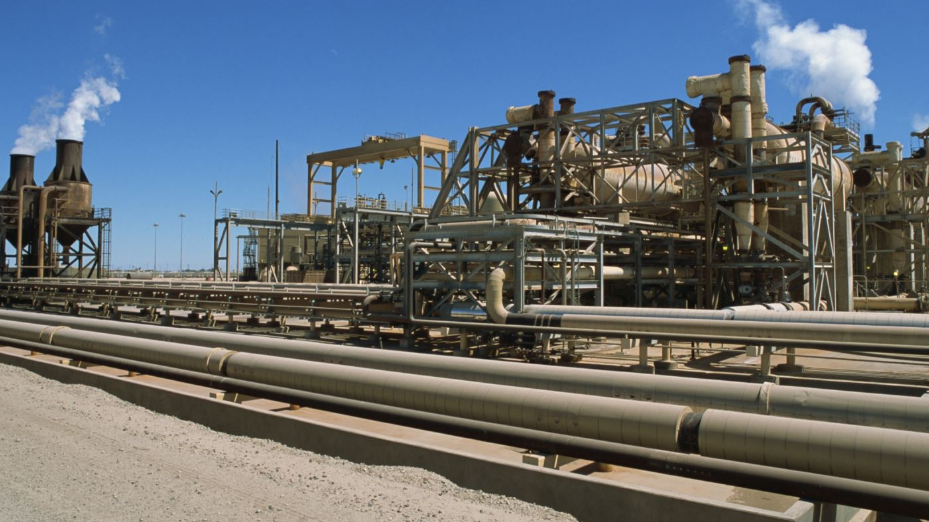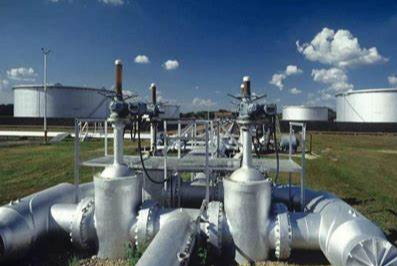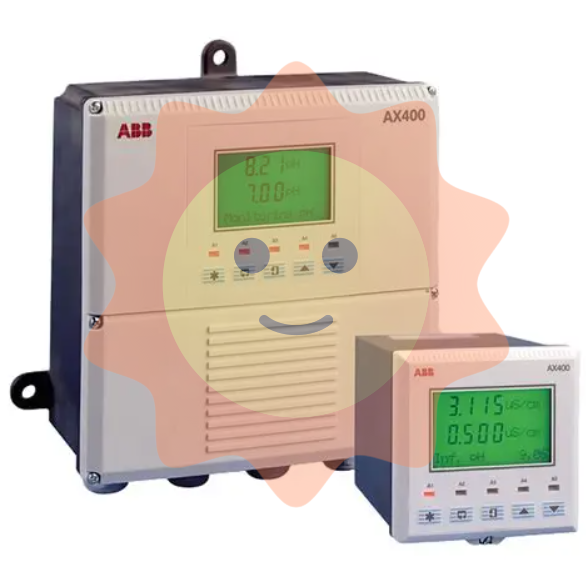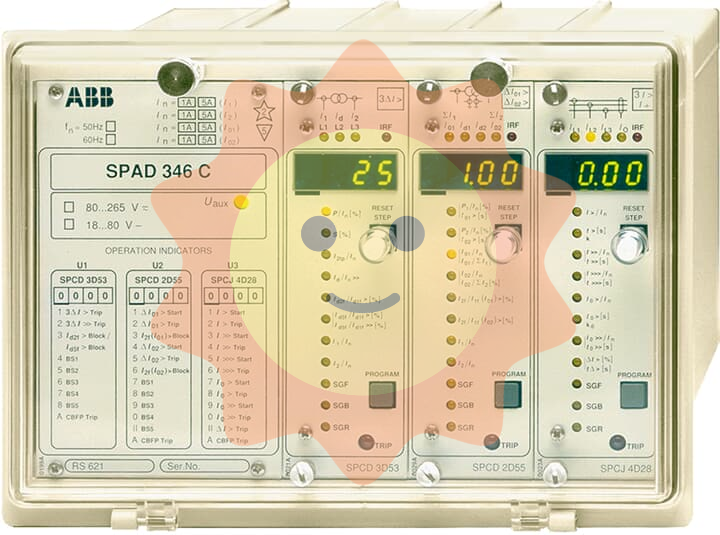The problem of large-scale hydrogen transportation in natural gas pipeline network has been solved

■■ The industry is still in its infancy
The report also sets out future development goals. That is, during the "14th Five-Year Plan" period, it is expected that there will be 15-25 new hydrogen mixing demonstration projects in natural gas pipelines, with a hydrogen mixing ratio of 3%-20%, and a hydrogen consumption of 150,000 tons/year, with a total length of more than 1,000 kilometers. Among them, there are 2-5 hydrogen blending demonstration projects for new growth natural gas pipelines, with a hydrogen blending ratio of 3%, and a hydrogen absorption capacity of 100,000 tons/year, with a total length of more than 800 kilometers. 10-20 new urban gas hydrogen mixing demonstration projects, hydrogen mixing ratio of 3%-20%, hydrogen consumption of 50,000 tons/year, the total length of more than 200 kilometers. End users have achieved regional demonstration applications of hydrogen-doped natural gas for civil use, with a total number of users exceeding 10,000. In addition, 1-2 industrial boilers, large heating boilers, gas turbines and other large equipment demonstration applications.
Experts attending the meeting said that hydrogen blending technology of natural gas has the technical and economic feasibility of large-scale promotion and application, and China's natural gas pipeline network has the capacity of large-scale hydrogen energy transportation, but to achieve the above goals, there are still many challenges.
Liu Heming believes that the development of hydrogen blending technology of natural gas faces three challenges: first, the top-level design also needs relevant special planning and standard system research; Second, there are risks such as blending uniformity and material compatibility in the pipe network; Third, there are effects on fuel interchangeability and safety in terminal utilization. "In the natural gas pipeline hydrogen transportation and terminal utilization, our country should have its own development roadmap."
Wang Hongjian pointed out that China's natural gas hydrogen blending industry started late but developed fast, although a number of demonstration projects have been laid out, but most of them are in the early stage of research, and the relevant technical indicators and achievements are less and lack of systematic sorting.
"At present, the standardization of hydrogen blending of natural gas is also in its infancy, and a small number of group standards are being promoted. The lack of national standards also restricts the promotion and application of hydrogen blending technology in natural gas pipelines to a certain extent." Wang Hongjian special emphasis.
Peng Shiyao also believes that the existing domestic natural gas hydrogen blending projects are mostly in the research and demonstration stage. "Domestic demonstration projects are mainly gas terminal applications, and the safety range of hydrogen mixing ratio in long-distance or medium-high pressure pipelines is still unclear, and there is a lack of technical achievements that can be used for reference."
"Large-scale use of hydrogen, long-distance pipeline function is essential. Storage and transportation is not an obstacle to the large-scale development of China's hydrogen energy industry, and the cost of hydrogen transmission accounts for 40%-50% of the terminal price. In the future, we will also focus on key technologies such as long-distance, high-pressure hydrogen-doped pure hydrogen pipeline transportation and underground gas storage for hydrogen storage to further reduce costs." Peng Shiyao said.

■■ Formulate industrial development plan
The development of hydrogen-doped transmission and terminal utilization of natural gas pipelines involves many subjects such as the government, middle and downstream enterprises of natural gas, middle and upstream enterprises of hydrogen energy, scientific research institutes and design institutes, and key equipment manufacturing enterprises. How to solve existing problems and challenges?
At present, some countries have carried out the initial promotion of hydrogen-doped natural gas technology, but the existing research and practice results can not be fully standardized, and it is still actively promoted. Due to the different levels of technological development in different countries, it is necessary to fully consider the research level of China's hydrogen-doped natural gas system, make up for the deficiencies in the existing theoretical research and practical operation of hydrogen-doped natural gas, and explore suggestions suitable for hydrogen-doped natural gas transportation in China.
The report pointed out that through the formulation of a special plan for hydrogen pipeline transportation, the large-scale application of natural gas hydrogen blending can be promoted as a whole, and a roadmap for the development of the natural gas hydrogen blending industry suitable for national conditions can be formulated.
Wang Hongjian believes that the research on China's hydrogen-doped natural gas pipeline transmission demonstration project is gradually being carried out, the strategic overall planning at the national level is less, the relevant technical standards are not perfect, and the corresponding laws and regulations, industrial policies and other supporting support also need to be improved. "Therefore, in order to achieve the high-quality development goal of the natural gas hydrogen blending industry, it is necessary to plan and deploy the construction of natural gas hydrogen blending transportation system, determine the relevant technical indicators of China's natural gas hydrogen blending pipeline transportation, and improve the policy guarantee system of natural gas hydrogen blending technology."
- EMERSON
- Honeywell
- CTI
- Rolls-Royce
- General Electric
- Woodward
- Yaskawa
- xYCOM
- Motorola
- Siemens
- Rockwell
- ABB
- B&R
- HIMA
- Construction site
- electricity
- Automobile market
- PLC
- DCS
- Motor drivers
- VSD
- Implications
- cement
- CO2
- CEM
- methane
- Artificial intelligence
- Titanic
- Solar energy
- Hydrogen fuel cell
- Hydrogen and fuel cells
- Hydrogen and oxygen fuel cells
- tyre
- Chemical fiber
- dynamo
- corpuscle
- Pulp and paper
- printing
- fossil
- FANUC
- Food and beverage
- Life science
- Sewage treatment
- Personal care
- electricity
- boats
- infrastructure
- Automobile industry
- metallurgy
- Nuclear power generation
- Geothermal power generation
- Water and wastewater
- Infrastructure construction
- Mine hazard
- steel
- papermaking
- Natural gas industry
- Infrastructure construction
- Power and energy
- Rubber and plastic
- Renewable energy
- pharmacy
- mining
- Plastic industry
- Schneider
- Kongsberg
- NI
- Wind energy
- International petroleum
- International new energy network
- gas
- WATLOW
- ProSoft
- SEW
- wind
- ADVANCED
- Reliance
- YOKOGAWA
- TRICONEX
- FOXBORO
- METSO
- MAN
- Advantest
- ADVANCED
- ALSTOM
- Control Wave
- AB
- AMAT
- STUDER
- KONGSBERG
- MOTOROLA
- DANAHER MOTION
- Bently
- Galil
- EATON
- MOLEX
- Triconex
- DEIF
- B&W
- ZYGO
- Aerotech
- DANFOSS
- KOLLMORGEN
- Beijer
- Endress+Hauser
- MOOG
- KB
- Moxa
- Rexroth


Email:wang@kongjiangauto.com


















































































































